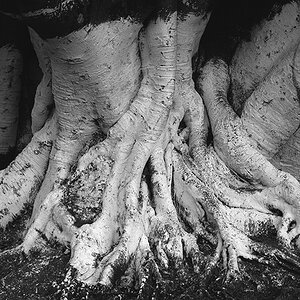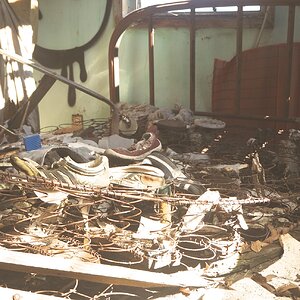SimplyMo
TPF Noob!
- Joined
- Jul 17, 2008
- Messages
- 58
- Reaction score
- 0
- Location
- temporarily BUFFALO new york
- Can others edit my Photos
- Photos NOT OK to edit
does anyone know of a site that sells film that isn't so expensive..
my class requires kodak t-max 400 36exp.
also, do you have any idea where i can buy it in bulk? i can't seem to find that option anywhere....
i've already searched adorama, b&h, and ebay (i had really bad luck with ebay) ... can you recommend anywhere else?:blushing:
thanks in advance
my class requires kodak t-max 400 36exp.
also, do you have any idea where i can buy it in bulk? i can't seem to find that option anywhere....
i've already searched adorama, b&h, and ebay (i had really bad luck with ebay) ... can you recommend anywhere else?:blushing:
thanks in advance


 Someone did that when I took photography in college and lost all their film. Besides the can (it'll literally be a can with 100 ft of film in it), you'll need some rolls to put your film in -- you can get those @ B&H too.
Someone did that when I took photography in college and lost all their film. Besides the can (it'll literally be a can with 100 ft of film in it), you'll need some rolls to put your film in -- you can get those @ B&H too.




![[No title]](/data/xfmg/thumbnail/41/41924-6ae94add98501b0c7ebd13870b86cf70.jpg?1619739945)





